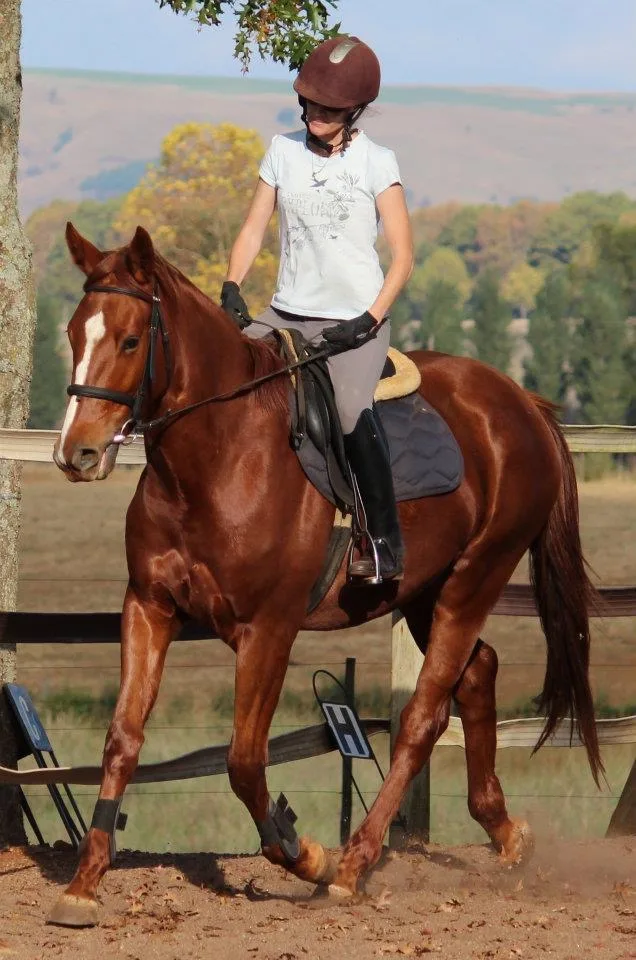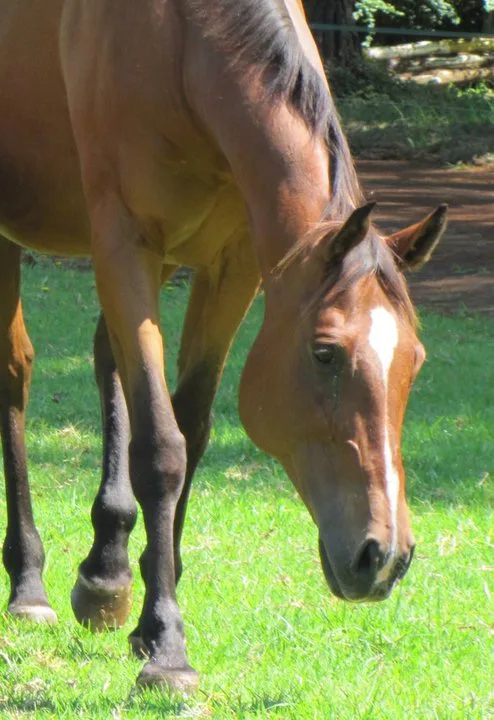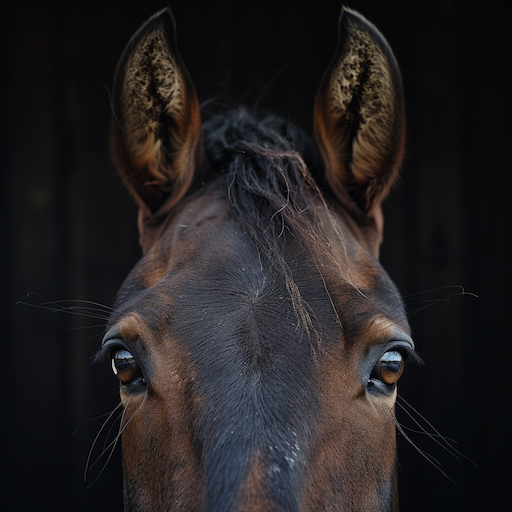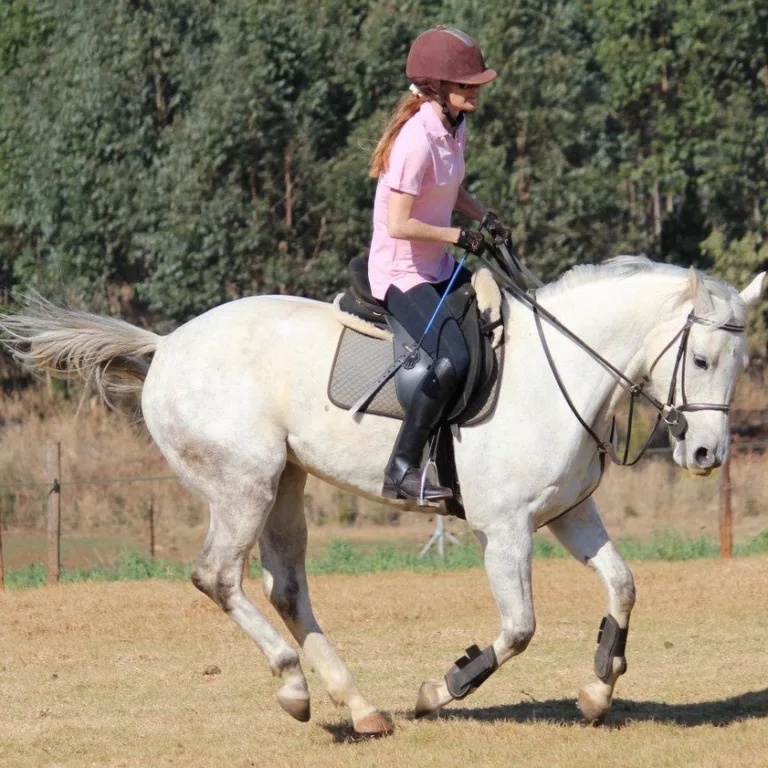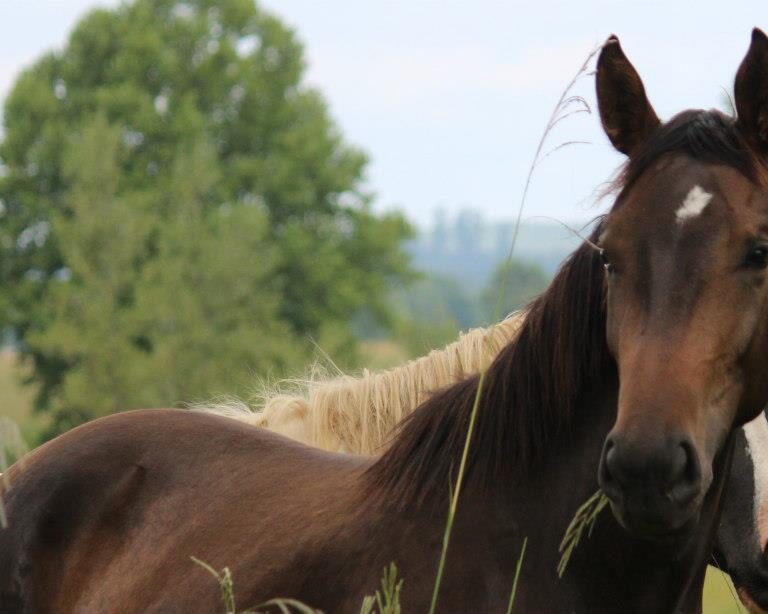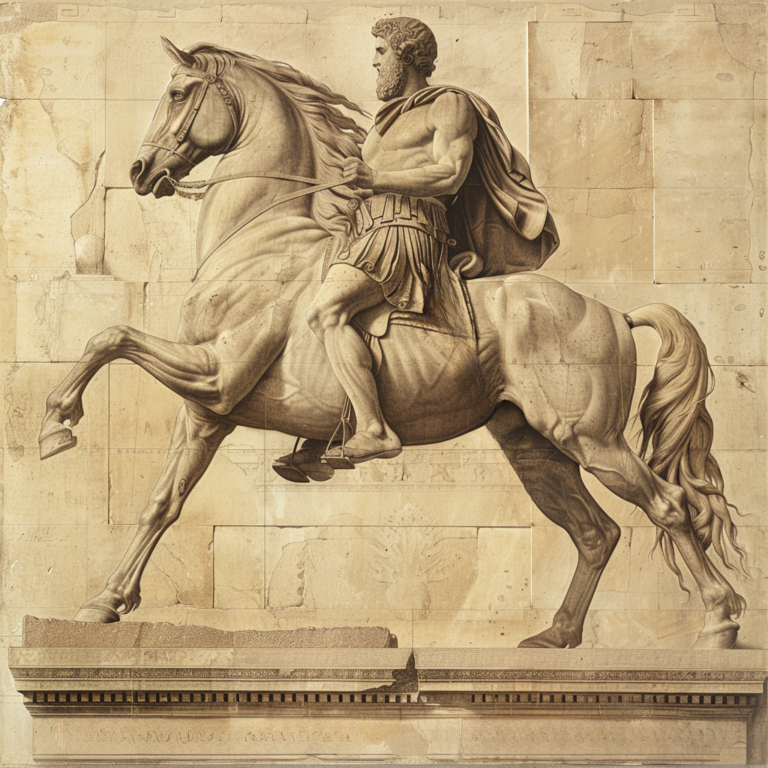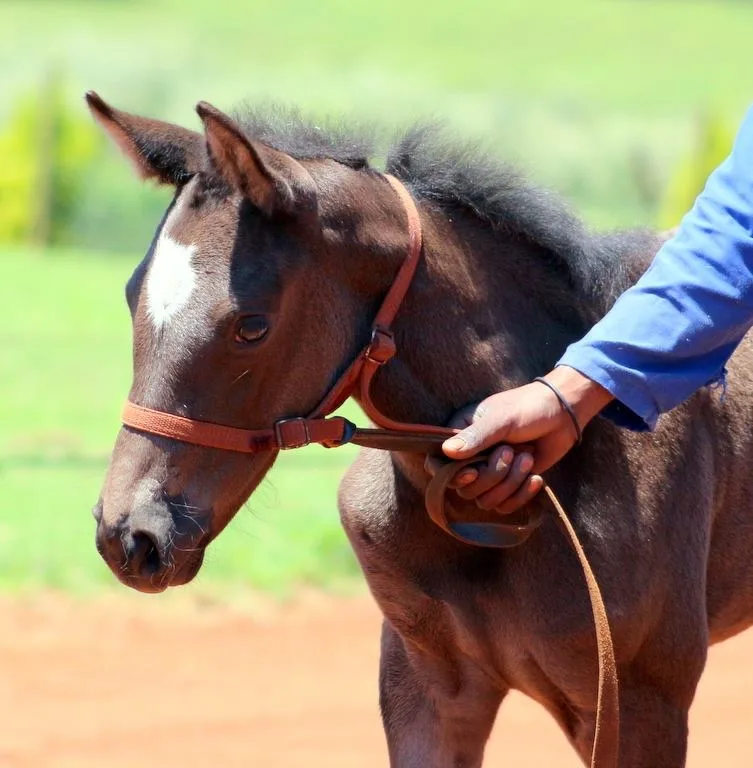Equine Dreams: A Step-by-Step Guide to Your First Horse Purchase
Embarking on the journey of purchasing your first horse is an exciting adventure that promises a deep connection between human and equine. The very thought of having a magnificent creature as a companion stirs excitement and anticipation. The dream of horse ownership opens a door to a world filled with joy, challenges, and unparalleled companionship.
However, amidst the excitement, it’s crucial to approach this significant decision with a well-informed mindset. Acquiring a horse is not just a transaction; it’s a commitment to a long-term relationship that involves responsibility, care, and mutual understanding. Recognizing the weight of this commitment ensures a fulfilling and harmonious partnership between you and your future equine companion.
In this guide, we will delve into the essential steps and considerations that pave the way for a successful and gratifying first horse purchase. From assessing your readiness for the responsibilities of ownership to the joyous moment of bringing your new friend home, each step plays a vital role in shaping the bond that will flourish between you and your four-legged companion.
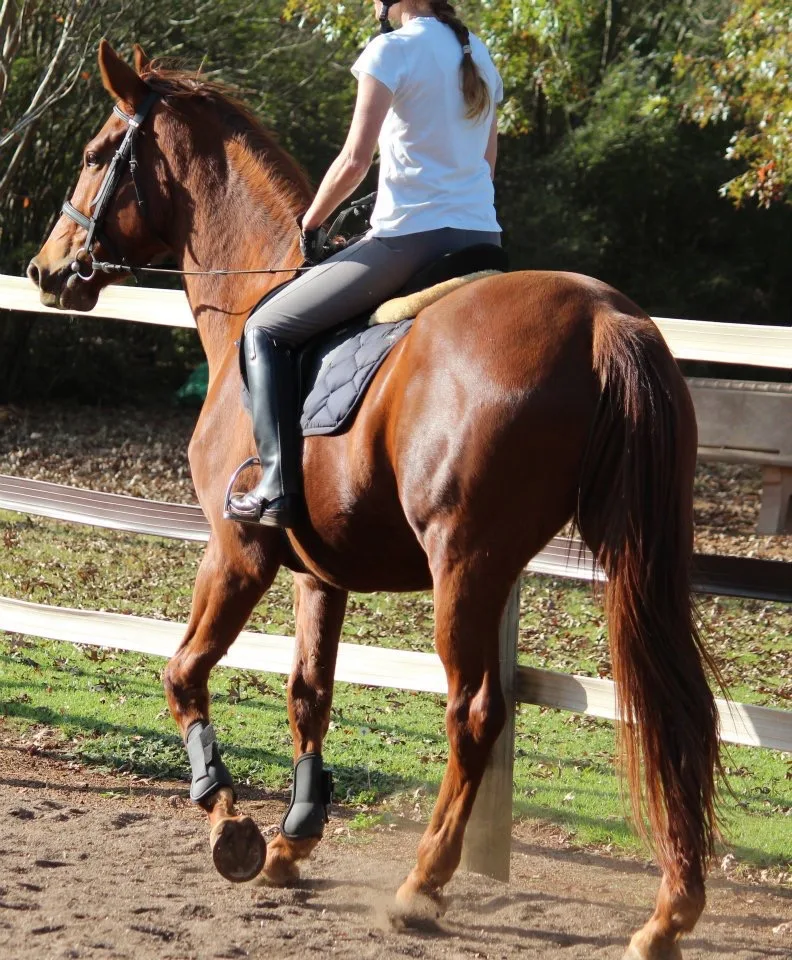
Assessing Your Readiness
Evaluating your commitment and lifestyle
Owning a horse is more than a hobby; it’s a lifestyle. Begin by evaluating your level of commitment to this new way of life. Consider the time you can realistically dedicate to your equine companion. Horses require daily care, regular exercise, and attention to their overall well-being. Assess your daily routine, work schedule, and personal commitments to ensure you can provide the time and care your horse deserves.
Understanding the responsibilities of horse ownership
Horse ownership comes with a set of responsibilities that go beyond the joy of riding. Feeding, grooming, veterinary care, and maintaining a suitable living environment are just a few aspects of responsible horse care. Dive into the details of these responsibilities, understanding the financial and time commitments required. Be prepared for the emotional investment as well; horses thrive on the bond they share with their owners.
Assessing your riding skills and experience
While a love for horses is a great starting point, assessing your riding skills and experience is equally important. Your proficiency in the saddle not only influences the type of horse that would be suitable for you but also affects the level of training and guidance you may need. Be honest with yourself about your riding capabilities and consider investing in lessons or seeking advice from experienced riders to enhance your skills before bringing a horse into your life.
In taking the time to evaluate your commitment, understand the responsibilities involved, and assess your riding skills, you lay the groundwork for a successful and harmonious partnership with your future equine companion. This self-reflection is a crucial step toward ensuring that both you and your horse embark on a fulfilling journey together.
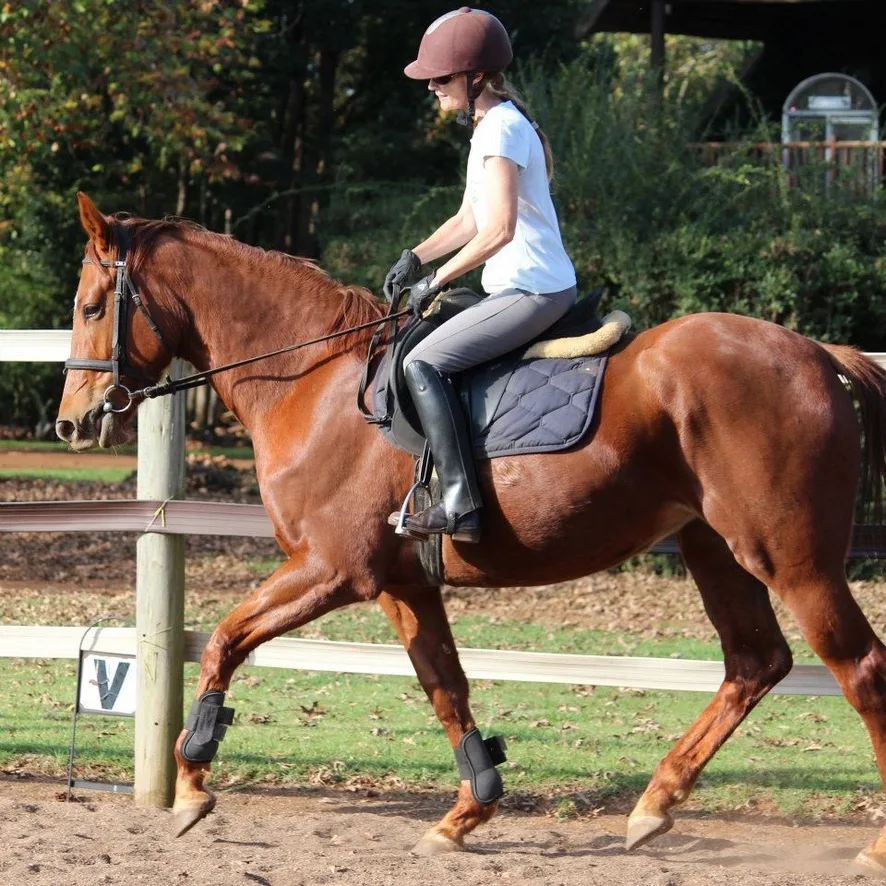
Setting a Budget
Determining the initial cost of purchasing a horse
The initial cost of acquiring a horse can vary significantly based on factors such as breed, age, training level, and pedigree. Research local market prices, taking into account the specific qualities you’re looking for in your equine partner. It’s crucial to consider not only the purchase price but also any additional expenses associated with acquiring the horse, such as transportation fees or pre-purchase veterinary examinations.
Factoring in ongoing expenses (food, healthcare, equipment)
Owning a horse entails continuous financial commitments beyond the initial purchase. Budgeting for recurring expenses is key to responsible horse ownership. Factor in the costs of high-quality feed, regular veterinary check-ups, vaccinations, farrier services, and any necessary equipment like saddles, bridles, and grooming supplies. Being aware of these ongoing expenses ensures that you can provide your horse with the care it needs for a healthy and happy life.
Exploring financing options if needed
For many individuals, the upfront cost of purchasing a horse can be a significant financial investment. Explore financing options that align with your budget and financial stability. Some alternatives include personal savings, loans, or even lease-to-own arrangements. Understand the terms and conditions of any financing option, considering interest rates and repayment plans. This careful financial planning ensures that you can comfortably meet the financial demands of horse ownership without compromising your overall financial well-being.
By diligently determining the initial cost, factoring in ongoing expenses, and exploring financing options if needed, you set the stage for a financially sustainable journey into horse ownership. A well-thought-out budget not only safeguards your financial health but also guarantees that your equine companion receives the care and attention it deserves throughout its life with you.
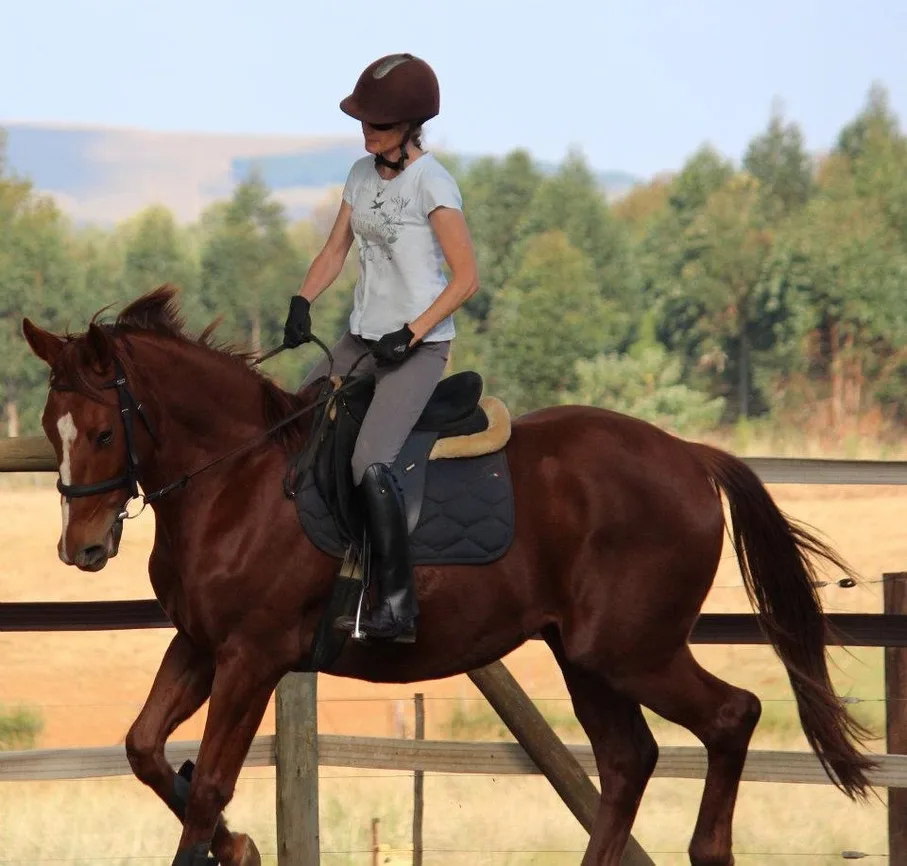
Researching Breeds and Disciplines
The world of horse breeds is diverse and fascinating. Begin your journey by delving into the unique characteristics of different breeds. From the elegant Arabian to the sturdy Quarter Horse, each breed has distinct traits in terms of size, temperament, energy levels, and preferred activities. Researching breeds not only educates you about their physical attributes but also provides insights into their historical uses and temperamental nuances. Consider factors such as temperament, size, and specific qualities that resonate with your preferences.
Matching horse breeds to your riding goals and preferences
Your riding goals play a crucial role in determining the ideal horse breed for you. Whether you aspire to compete in dressage, enjoy leisurely trail rides, or engage in show jumping, each discipline may have a breed that excels in it. Consider the temperament and physical abilities required for your chosen riding activities. For instance, if you’re drawn to competitive events, a breed known for agility and athleticism might be a good fit. If leisurely rides and companionship are your priorities, a more laid-back breed might be suitable.
Considering the versatility of the horse for various disciplines
While matching a breed to your primary riding goals is important, considering the versatility of a horse is equally valuable. A versatile horse can adapt to various disciplines and activities, providing you with a well-rounded equestrian experience. Explore breeds known for their versatility and willingness to learn. This not only enhances your riding experience but also allows for flexibility in your equestrian pursuits over time.
By thoroughly exploring different horse breeds, matching them to your riding goals and preferences, and considering their versatility for various disciplines, you empower yourself to make an informed decision. The right breed sets the foundation for a fulfilling partnership, ensuring that your horse aligns seamlessly with your aspirations in the world of horsemanship.
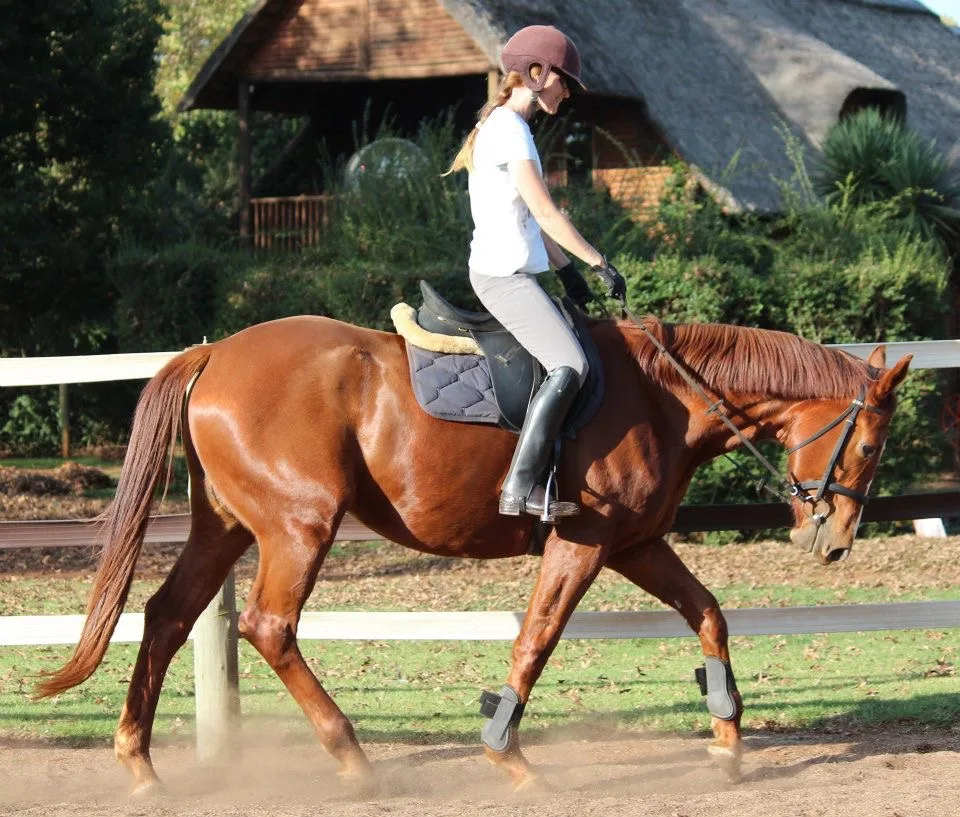
Finding the Right Seller
Exploring local breeders, rescue organizations, and sellers
Begin your search for the perfect equine companion by exploring various sources. Local breeders, rescue organizations, and individual sellers each have unique offerings. Breeders often specialize in specific breeds and may provide well-trained horses with a documented lineage. Rescue organizations offer the opportunity to provide a loving home to a horse in need. Individual sellers may present diverse options, each with its own backstory and characteristics. Cast a wide net to ensure you have a comprehensive understanding of the available options in your local horse community.
Tips for evaluating the reputation of sellers
Before entering into any transaction, it’s crucial to evaluate the reputation of the sellers you’re considering. Look for reviews and testimonials from previous buyers. Reliable sellers will have a positive track record of honesty, transparency, and ethical treatment of both buyers and horses. Seek recommendations from fellow equestrians, trainers, or local horse communities to gain insights into the seller’s reputation. Investigate whether the seller adheres to ethical breeding practices and provides accurate information about the horse’s history, health, and training.
The importance of visiting the horse in person before making a decision
While online research and communication with sellers provide valuable information, nothing compares to the importance of visiting the horse in person. A face-to-face meeting allows you to assess the horse’s temperament, behavior, and overall health. Spend time interacting with the horse in different settings, observing how it reacts to various stimuli. A personal visit also allows you to inspect the horse’s living conditions and ask the seller specific questions about its history, training, and any potential issues. Trust your instincts and ensure that the horse aligns with your expectations and requirements before finalizing any decisions.
By carefully exploring local breeders, rescue organizations, and sellers, evaluating their reputation, and emphasizing the significance of an in-person visit, you pave the way for a successful horse purchase. The right seller not only provides a quality horse but also contributes to a positive and transparent buying experience, setting the stage for a fulfilling partnership with your new equine friend.
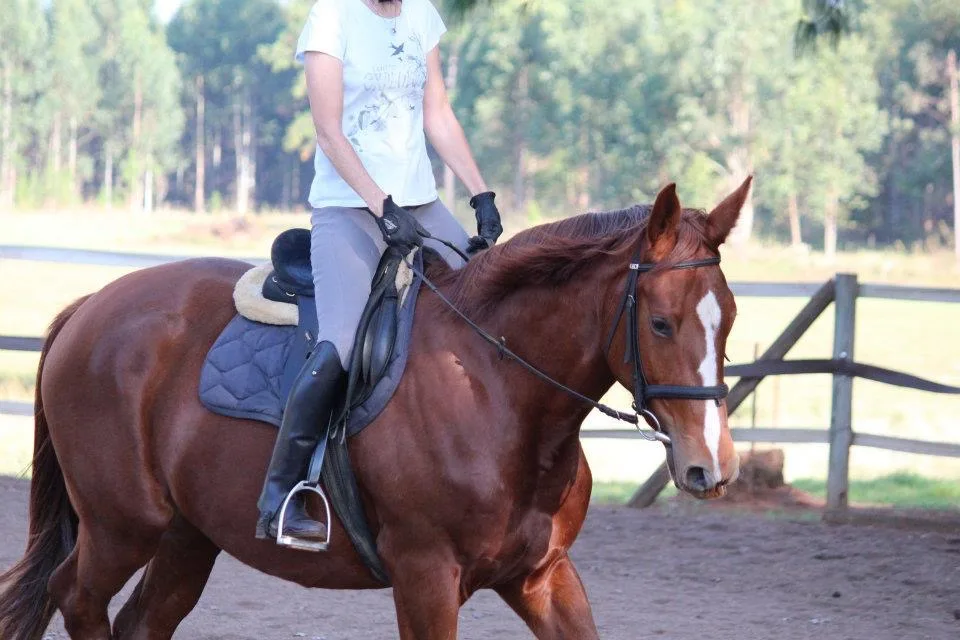
Conducting a Pre-Purchase Exam
The significance of a pre-purchase veterinary examination
A pre-purchase veterinary examination is a vital tool in ensuring the health and soundness of the horse you are considering. It is a comprehensive assessment conducted by a qualified veterinarian to identify any existing health issues, potential future concerns, and the overall suitability of the horse for your intended use. This examination not only safeguards your investment but also contributes to the well-being of the horse, ensuring that it is physically capable of meeting your expectations.
What to expect during the exam
During the pre-purchase exam, the veterinarian will perform a thorough assessment of the horse’s overall health and soundness. This typically includes a comprehensive physical examination, evaluation of the horse’s conformation, and specific tests to assess its musculoskeletal and respiratory systems. The veterinarian may also review the horse’s medical history, vaccination records, and any existing health concerns. X-rays and other diagnostic imaging may be recommended to provide a more in-depth analysis of the horse’s bone structure and joints.
Understanding the vet’s report and making an informed decision
Upon completion of the pre-purchase exam, the veterinarian will provide a detailed report outlining their findings. It’s essential to carefully review this report and discuss any concerns or questions with the veterinarian. The report may include information on existing health conditions, potential risks, and recommendations for ongoing care. Use this information to make an informed decision about whether the horse is a suitable match for your needs and expectations.
Keep in mind that not every horse will receive a perfect bill of health, and the purpose of the examination is not to find a flawless horse but to provide you with an understanding of any existing conditions or potential future issues. Work closely with the veterinarian to weigh the findings against your intended use for the horse and your comfort level with potential health considerations.
By recognizing the significance of a pre-purchase veterinary examination, understanding what to expect during the exam, and carefully reviewing and interpreting the vet’s report, you empower yourself to make a well-informed decision. This step ensures that you are not only investing in a horse that meets your expectations but also contributing to the horse’s long-term health and well-being.
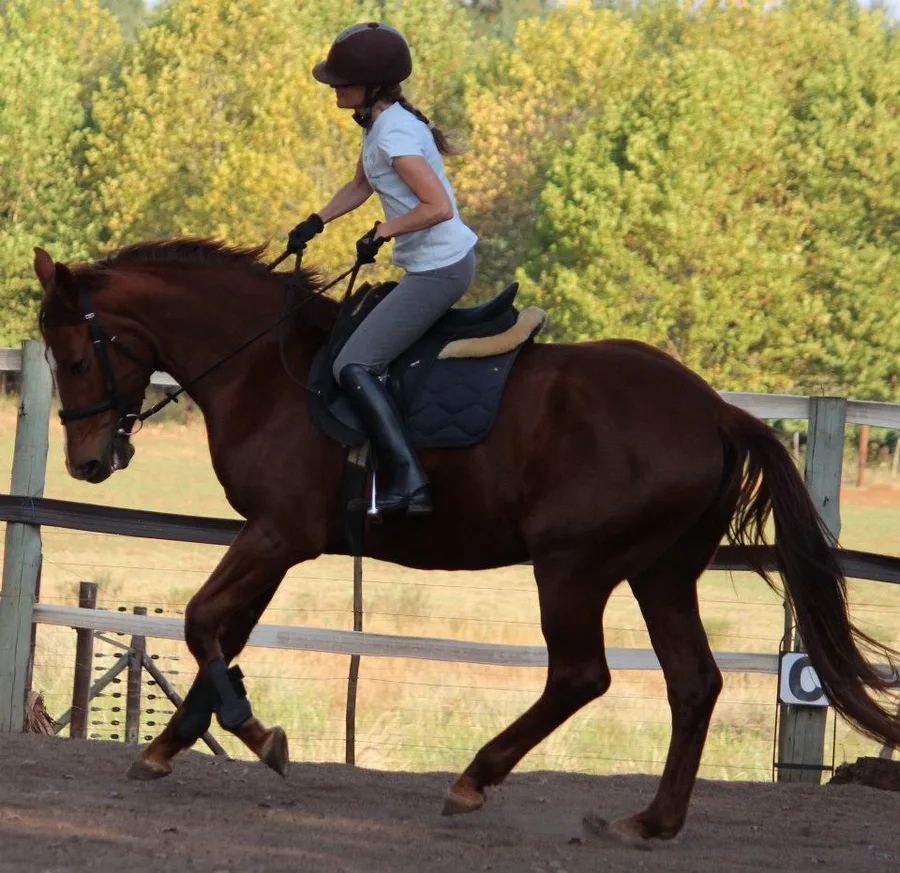
creating a Suitable Environment
Before bringing your new horse home, it’s essential to ensure that its living space is safe, secure, and conducive to its overall well-being. Start by assessing the fencing and enclosures, ensuring they are in good condition and free of any hazards. Provide ample space for your horse to move, graze, and exercise. Consider factors such as shelter from the elements, adequate ventilation, and access to clean water at all times. Establishing a safe and comfortable environment sets the foundation for a happy and healthy life for your equine companion.
Necessary equipment and facilities for horse care
Equipping your horse’s living space with the necessary facilities and equipment is crucial for its daily care and well-being. Ensure you have appropriate feeding stations with access to high-quality hay and feed. Adequate storage for feed, bedding, and equipment is also essential. Invest in grooming supplies, such as brushes and hoof picks, to maintain your horse’s hygiene. Additionally, provide a designated area for veterinary and farrier visits. Having these facilities in place streamlines the care routine and ensures your horse receives the attention it deserves.
Budgeting for stable construction or boarding fees
Depending on your circumstances, you may need to consider whether to construct your own stable or board your horse at a reputable facility. If constructing a stable, budgeting is crucial to ensure that the facility meets all necessary standards for safety and comfort. Consider factors such as stable size, ventilation, and the quality of materials. If opting for boarding, research local facilities, assess their reputation, and inquire about fees, services, and the level of care provided. Budgeting for stable construction or boarding fees is a critical step in managing the overall cost of horse ownership.
By diligently preparing a safe and comfortable living space, investing in necessary equipment and facilities, and carefully budgeting for stable construction or boarding fees, you create an environment that promotes the well-being of your horse. A thoughtfully designed living space, equipped with the essentials, contributes to the overall happiness and health of your equine companion, ensuring that it thrives in its new home.
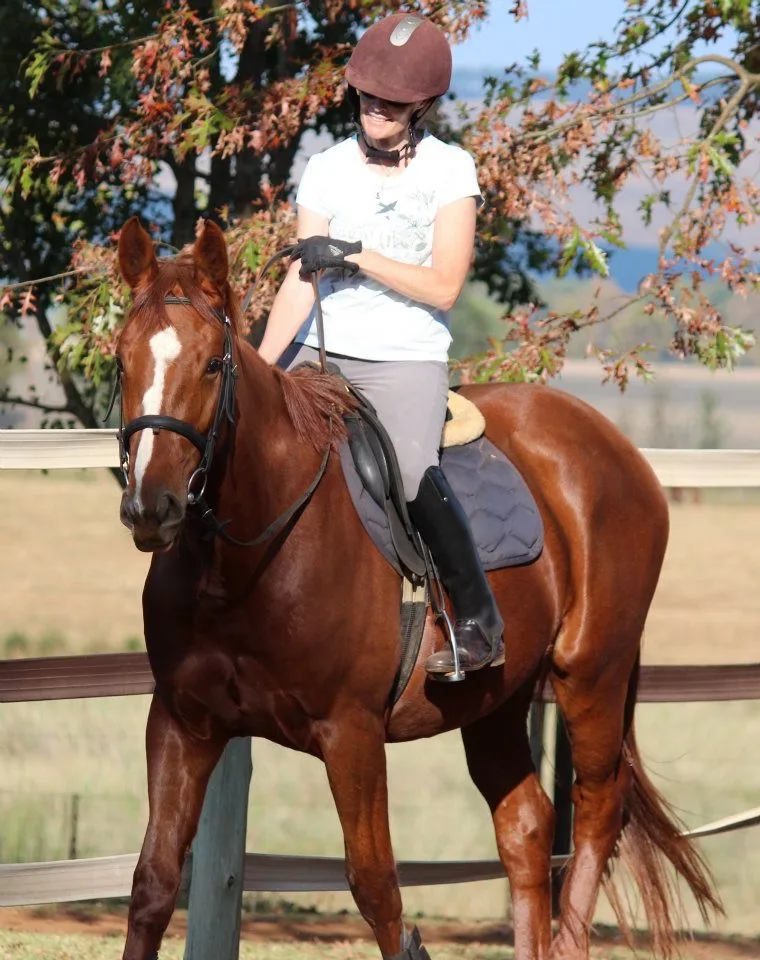
Finalizing the Purchase
Negotiating the final price and terms
Negotiating the final price and terms of the purchase is a delicate but important aspect of the buying process. Start by researching the market value of similar horses and be prepared to discuss factors that may influence the price, such as the horse’s age, training level, and health. Clearly communicate your budget constraints and be open to compromise. Consider additional terms, such as a trial period or a pre-purchase exam contingency, and ensure all agreements are documented in writing. A fair and transparent negotiation process sets the stage for a positive relationship with the seller.
Drafting a clear and comprehensive sales contract
Once the negotiation is complete, it’s essential to formalize the agreement with a clear and comprehensive sales contract. The contract should outline all aspects of the transaction, including the agreed-upon purchase price, any terms or conditions, and specifics related to the horse’s health, history, and registration (if applicable). Include provisions for a pre-purchase exam if it hasn’t been conducted yet. Address responsibilities such as transportation arrangements, and specify any warranties or guarantees. Having a well-drafted sales contract helps prevent misunderstandings and provides legal protection for both the buyer and the seller.
Ensuring a smooth transition for the horse to its new home
As the finalization of the purchase approaches, focus on ensuring a smooth transition for the horse to its new home. Communicate with the seller to gather information about the horse’s routine, diet, and preferences. Gradually introduce the horse to its new environment, allowing it to acclimate to its surroundings. Implement any changes to the horse’s diet or routine gradually. Monitor its behavior closely and provide reassurance and care during the adjustment period. A thoughtful and gradual transition minimizes stress for the horse and promotes a positive start to your partnership.
By navigating the negotiation process with transparency, drafting a clear and comprehensive sales contract, and ensuring a smooth transition for the horse to its new home, you finalize the purchase with confidence and set the foundation for a positive relationship with both the horse and the seller. Attention to detail in this stage contributes to a seamless transition and a harmonious beginning to your journey as a horse owner.
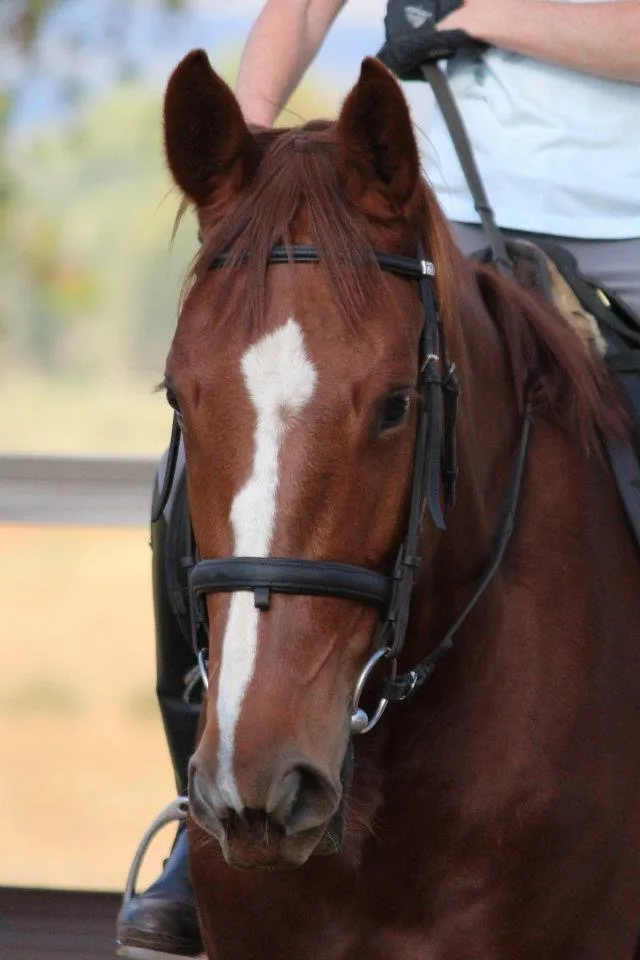
Post-Purchase Care and Training
Introducing the horse to its new environment
The transition to a new home can be both exciting and stressful for a horse. To facilitate a smooth adjustment, provide a calm and welcoming environment. Gradually introduce the horse to its surroundings, allowing it to explore its new living space. If possible, introduce the horse to other horses in a controlled manner to foster socialization. Spend time bonding with the horse through gentle interactions, grooming, and positive reinforcement. Be patient, observant, and responsive to the horse’s cues as it acclimates to its new environment.
Establishing a feeding and exercise routine
Consistency is key when it comes to feeding and exercise routines. Work with the horse’s existing schedule as much as possible, gradually implementing any necessary changes. Ensure access to clean water at all times and provide a balanced diet suitable for the horse’s age, breed, and activity level. Establish a regular exercise routine that aligns with your riding goals and the horse’s fitness level. Incorporate a mix of turnout, riding, and other activities to keep the horse mentally and physically stimulated. Regular veterinary check-ups and consultations with a nutritionist can help fine-tune the feeding and exercise plan for optimal health.
Seeking professional training if necessary
Every horse comes with its own set of experiences and training levels. If your horse requires additional training or if you’re a first-time horse owner seeking guidance, consider enlisting the help of a professional trainer. A skilled trainer can assess the horse’s behavior, identify areas that need attention, and create a customized training plan. Training sessions not only improve the horse’s skills but also enhance the communication and bond between you and your equine partner. Attend training sessions whenever possible to learn and reinforce the techniques used, ensuring a harmonious and cooperative relationship with your horse.
By thoughtfully introducing the horse to its new environment, establishing a consistent feeding and exercise routine, and seeking professional training if necessary, you set the stage for a positive post-purchase experience. These early days and weeks are crucial for building trust and rapport with your horse, and by providing the right care and guidance, you contribute to a strong foundation for a fulfilling and lifelong partnership.
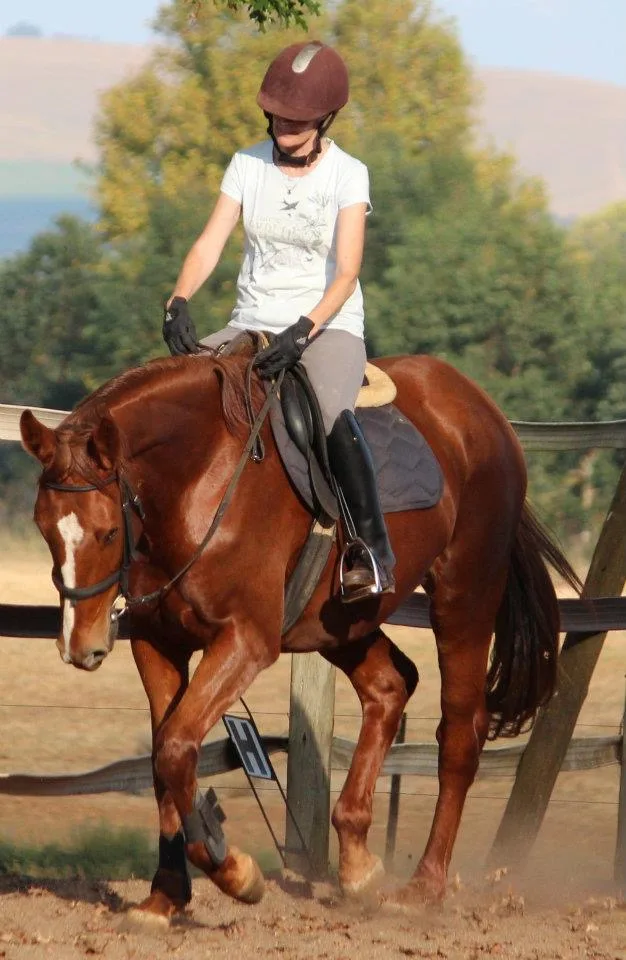
Conclusion
Embarking on the journey to become a horse owner involves a series of thoughtful and crucial steps. In this guide, we’ve covered everything from assessing your readiness and setting a budget to researching breeds, finding the right seller, and finalizing the purchase. We emphasized the importance of a pre-purchase veterinary examination, discussed the essentials of building a suitable environment, and explored post-purchase care and training. By following these steps, you equip yourself with the knowledge and tools needed to make informed decisions, ensuring a positive experience for both you and your new equine companion.
As you consider taking the plunge into horse ownership, remember that while it may be a journey with challenges, it’s also one filled with immeasurable rewards. The bond formed between a horse and its owner is unique and deeply fulfilling. Trust in the knowledge you’ve gained through this guide, but also trust in your instincts as a horse enthusiast. Every horse owner’s journey is as individual as the horses themselves.
Embrace the joy of learning and growing with your horse. Celebrate the milestones, no matter how small, and learn from the challenges. Seek support from experienced equestrians, trainers, and local horse communities. The equine world is rich with resources, and your willingness to explore, learn, and adapt will contribute to a harmonious partnership.
In conclusion, the journey to buying your first horse is an adventure that extends beyond the purchase itself. It’s a commitment to a lifestyle, a partnership, and a source of unparalleled joy. With the knowledge gained from this guide and a passion for the equestrian world, you’re well-equipped to take the reins confidently. So, with excitement and readiness, embrace the prospect of horse ownership, knowing that you are stepping into a world where dreams and reality meet in the form of a four-legged companion. Happy riding!
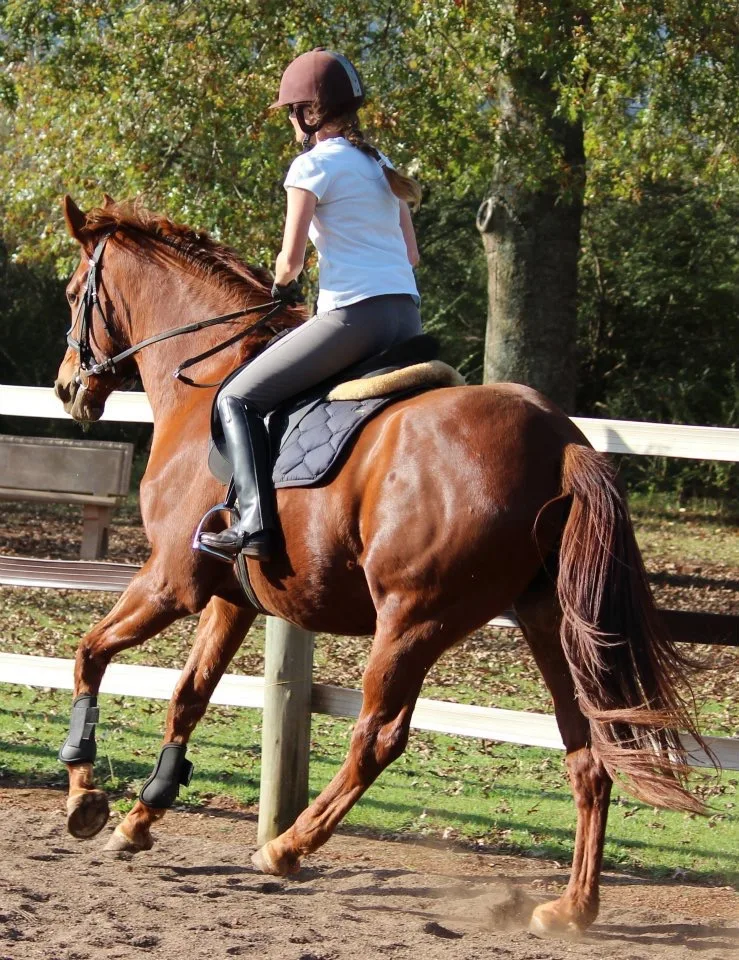
Further reading
Read This Before You Buy Your First Horse— Do call and make an appointment with the owner before coming out to look at a horse, and try to be on time. If you will be late or need to …
Tips on Buying Your First Horse – Never buy the first horse you see until you have seen many others. Always buy the most suitable horse you can afford. Do not settle for more than you can handle …

